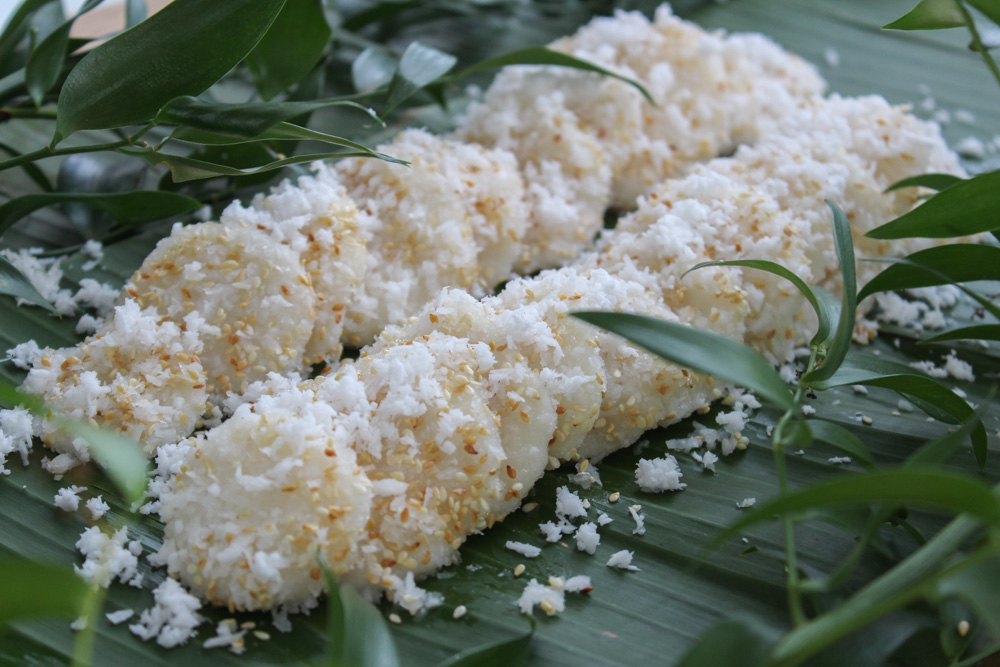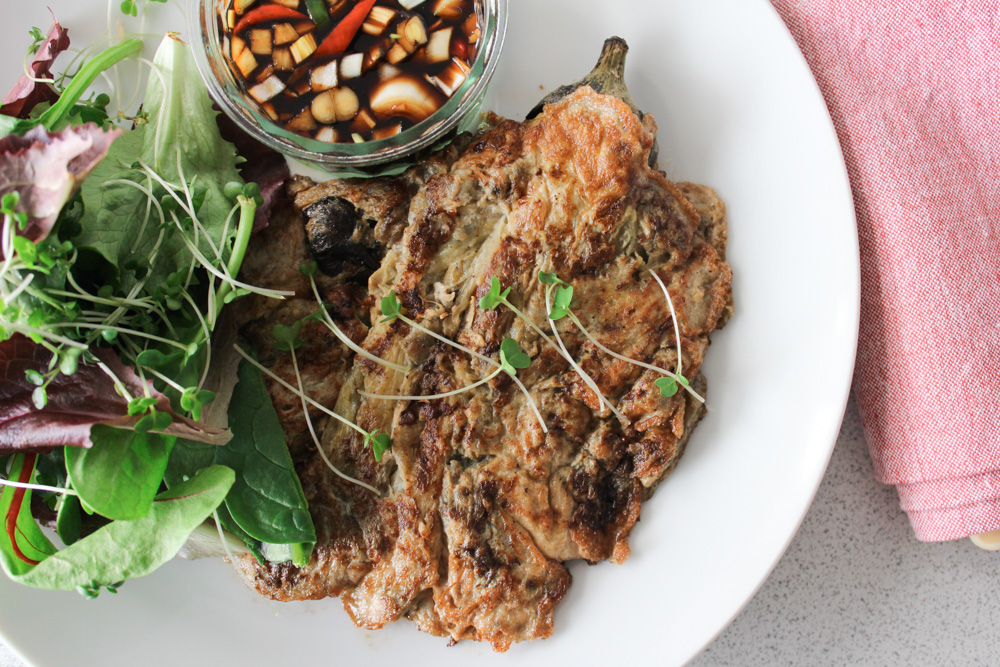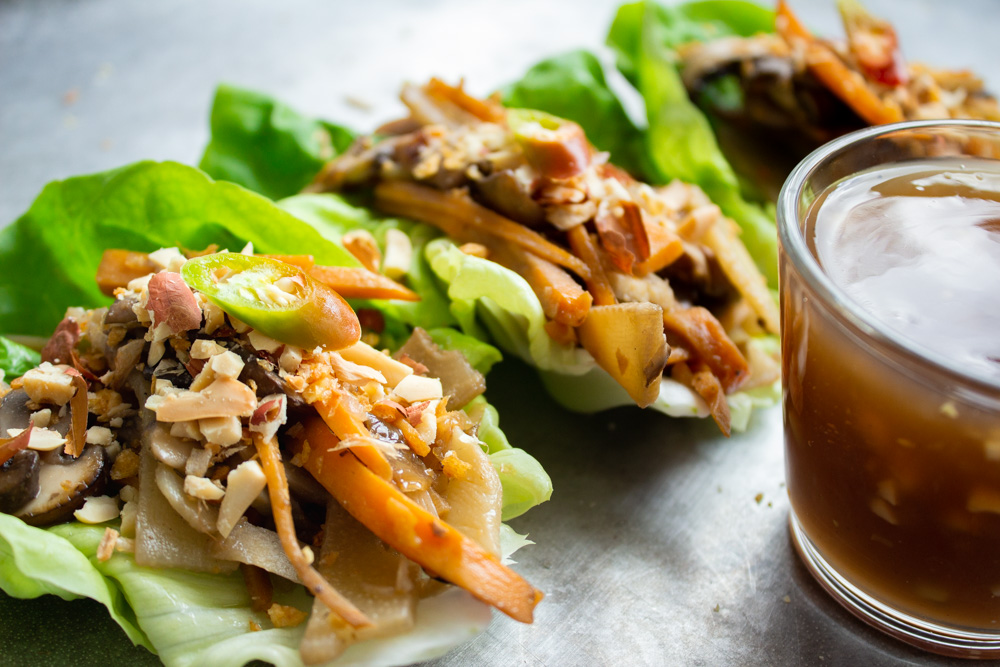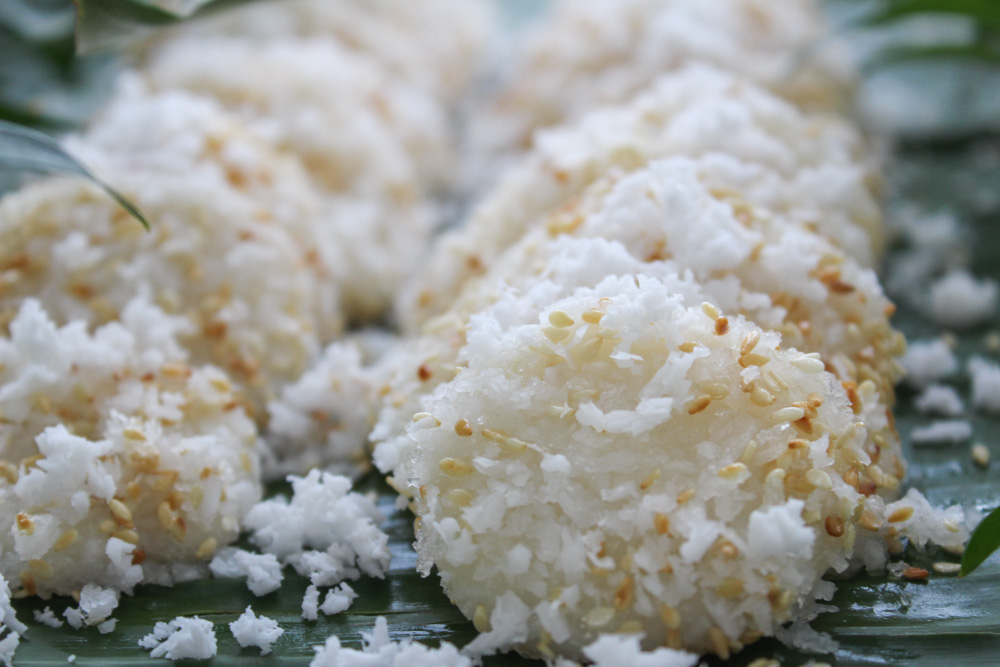Navigating A PLANT-BASED Diet As A Woman Of Colour: Mae Williams

The mainstream wellbeing narrative at present is heavily focused on reducing meat in our diets, pushing a healthier way of eating that is also kinder to our planet. Over the last decade, we have seen a significant rise of popular documentaries, books, blog posts, celebrity endorsements and oddly placed adverts on the underground educating even the biggest meat lover amongst us to both the personal and environmental benefits of plant-based eating. Numerous studies have found that shifting to more plant-based meals reduces the risk of heart problems, cancer, diabetes, kidney disease, etc… , as well as boosts overall energy levels and generates the kind of natural skin glow that every beauty junkie craves. And in terms of the planet, reducing meat consumption, particularly beef in the western world, will dramatically lessen greenhouse emissions and a host of other environmental issues caused by industrial livestock production.
Whether a fad or not, the message is loud and clear. Yet, as more people jump on the meat-free bandwagon and public discourse calls for lifestyle shifts in response to scientific evidence, the presentations and discussions around the plant-based diet movement in the West tend to be rather whitewashed – often leaving people of colour out of the conversation when these diets have existed in many of our communities for centuries. In fact, a lot of the items promoted in the movement, such as tofu, lentils and even the sacred avocado, are not western foods originally, whereby diets in the UK and USA centre predominantly around the consumption of animal proteins. In contrast, for people of colour, there has been a growing interest in decolonising our diets, to resist the americanization of our foods and embrace ancestral knowledge that draws mostly on plant-based diets as a means of reclaiming our cultures and overall wellbeing.
Not everyone will be interested in becoming plant-based-all-the-time, and the logistics of navigating a lifestyle switch to eating more plant-based in a fast-paced city like London can feel overwhelming, particularly when the wellness industry ignores the varying cultural backgrounds of potential consumers. In an effort to place more women of colour within the conversation, BASE has reached out to 3 independent chefs (all women of colour from different cultural backgrounds) to explore the realities and practicalities of contemporary plant-based eating as people of colour today.
This week we interview Mae Williams of Food With Mae, spoiler: there are recipe suggestions to try at home too!

My business began as ‘Pepe’s Kitchen’ in 2013. It was first a catering business, serving Filipino inspired canapes and it slowly transformed into a Supper Club. ‘Pepe’ is my late father’s nickname and I wanted to honour him because during my mother’s absence, while she worked abroad, my father taught me how to cook Filipino food.
My father’s death prompted me to start a food business in his name. At the time I was frustrated with the lack of representation of Filipino cuisine in the UK and I feel that the restaurants at the time were not doing enough to elevate the cuisine. I saw an opportunity and was fuelled by my loss.
I rebranded in February 2019 and this year I re-launched my Youtube channel where I teach how to cook Filipino food as well as posting my recipes on my website. I host a monthly Filipino Supper Club in London and I also offer private supper clubs.
Filipino cuisine is tricky to describe in a single sentence and probably the closest I can do is: Southeast Asian with a Hispanic and American twist. Spain colonised the Philippines for about 300 years and then the Americans colonised for 50 years after. Spain had a trade galleon route that travelled between Manila to Acapulco, Mexico bringing textiles, tobacco, and food ingredients. We exchanged textiles, spices, pineapples and many other goods from the rest of Asia. Filipinos have our own version of Menudo, Escabeche and Empanadas. Of course, we have dishes that we inherited from Spain too, food like Ensaymada from Mallorca.
When cooking Filipino food the holy trinity of ingredients is onion, garlic and either lemongrass or coconut. A must-have on Filipino tables is rice and it’s paired with ‘Ulam’, referring to dishes with meat, fish or vegetables. Our cuisine doesn’t have breakfast, lunch or dinner like other countries and having rice with a savoury dish for breakfast is a very normal meal. Filipinos eat ‘merienda’ or snacks in between meals, where sweetbreads, dessert and ‘kakanin’ or rice cakes are served.
Filipino cuisine is a young cuisine in comparison to other Southeast Asian countries and we still have work to do in terms of finding the history of the origins of our dishes.

I think we live in a society where we have so much information and are free to choose what works for us. I believe that our body needs the balance of both a carnivore and herbivore diet. I choose intermittent fasting because I think that humans are not supposed to eat 3 meals a day. Over the years our lifestyle has changed, but I believe our eating habits in early communities consisted of plant-based for survival; grazing on nuts, fruits and the growing of vegetables and other plants. Meat was eaten when an animal was hunted and caught, so this was a special occasion and a privilege, with the community using all of the animal; fur and skin for clothes and bone for tools, and everything else eaten. This would have been one big meal in the evening as a community. A solely plant-based diet is possible and I know many people would prefer not to eat meat, I like to do both!
In Filipino culture, eating meat regularly is seen as a privilege, as with many countries outside of Europe and the USA, Filipinos believe eating meat regularly is a sign of good health and more importantly, wealth. Filipino diet mostly consists of affordable and accessible foods such as rice, seafood and vegetables.
It’s very easy because we already have plenty of plant-based dishes in our cuisine. There are many regional plant-based dishes that are not popular and not many Filipinos know about. Even popular dishes like adobo can be cooked as a plant-based dish. Filipino cuisine is a humble, diverse and flexible cuisine, anyone can make it!

My plant plant-based meal would be the following:
Tortang Talong -Charred Aubergine Omelette
A quick, very easy and simple dish to make! Perfect meal anytime of the day, eaten either with salad or some jasmine rice.

Lumpiang Sariwa – Fresh Mix Vegetables Spring Rolls
A vegan spring rolls with bamboo shoots, sweet potatoes, mushrooms and carrots. Stir fried and placed on fresh lettuce topped with crushed peanuts and a sweet garlic dip.

Palitaw – Floating Rice Cake
Palitaw is one of many ‘kakanin’ or rice cakes that Filipinos love to eat for merienda or snacks. We also serve Palitaw as a dessert at parties and gatherings. It’s a delicacy in the Philippines and it’s one of many dishes that are truly Filipino. The word ‘palitaw’ literally means ‘to float’ or ‘floating’. They named it Palitaw because you can tell when it’s cooked when the rice cakes float.
Tortang Talong -Charred Aubergine Omelette
Ingredients:
2 aubergine
2 eggs
pinch of salt
pinch of ground black pepper cooking oil
Method:
1. Char the aubergine in your oven grill or on a bbq or gas stove. Before cooking the aubergine or eggplant, poke it a couple of times using a knife or fork. Cook until it’s soft and the skin is burnt separated from the flesh. Don’t worry if the skin is burnt it is part of the process. Turn aubergine every so often, cooking all sides. Take it out of the oven grill or bbq and let it cool down on the side.
2. Beat eggs in a bowl, season with salt and pepper. Leave on the side for later. Peel the skin off the aubergine leaving the stem, using a fork press and flatten the aubergine then add it into the eggs and mix well.
3. Heat some oil in a medium size frying pan, place one of the aubergines into the frying pan and pour some eggs on top leaving some for the other aubergine. Fry each side until golden brown. Do the same with the other aubergine. This dish is perfect with some salad and or rice.
Lumpiang Sariwa – Fresh Mix Vegetables Spring Rolls
Ingredients:
200g sweet potatoes,
200g bamboo shoots julienne
200g carrots julienne
200g mushrooms sliced
1 medium onion julienne
4 garlic cloves minced
2 little gem lettuce, separated and washed
crushed peanuts
chopped chillies
optional
1 tablespoon soy sauce
a pinch of salt
a pinch of ground black pepper
Dip Ingredients:
250ml Water
1 tablespoon soy sauce
2 garlic cloves, minced
50g sugar
1 tablespoon corn flour mixed with 50ml water
Method:
1. In a wok or frying pan, heat some oil, add onions and cook for 3 minutes until it turns translucent. Add garlic, cook for a minute, add sweet potatoes, cook for 3 minutes, add carrots, cook for 3 minutes, add bamboo shoots, cook for 3 minutes and add mushrooms, cook for 3 minutes. Stir occasionally.
2. Season the vegetables with soy sauce, salt and pepper to taste. Continue to stir and cook for 3 minutes. Leave on the side to cool down.
3. While waiting for the vegetables to cool down, make the dip. In a small pot add water, soy sauce, garlic and sugar. Bring the mixture to boil and simmer. Add the cornflour mixture while stirring continuously until the dip has thickened. Take the dip off the heat and pour it into a serving dip bowl and leave it on the side
4. Assemble the spring rolls, take a lettuce, add some mix vegetables on top, place it on a serving plate and do this until all of the mix vegetables are gone. Sprinkle some crushed peanuts on top of each lettuce and chopped chillies if you like.
5. Serve the Lumpia with the dip on the side.
Palitaw – Floating Rice Cake
Ingredients:
250g glutinous rice flour
125g granulated sugar
237ml water
150g roasted sesame seeds
250g grated coconut
Method:
1. Using a medium size pot, fill it three quarters up with water and bring it to boil. Turn the heat down to medium once boiled.
2. Combine toasted sesame seeds and sugar on a plate. Place grated coconut on a separate plate and set both aside for later.
3. In a large bowl combine glutinous rice flour with water and mix until you get a dough texture. Once mixed, take some dough, roll it into a ball using the palm of your hands and then flatten them between your hands.
4. Drop the dough disk into the boiling water and wait for it to completely float, once floating take it off the water and strain. Note that the rice will be sticky so it’s better you shake most of the water out as much as possible then coat them straight away.
5. Dip the palitaw disk firstly into the grated coconut and then into the sesame seeds and sugar mixture. Place it onto a serving plate. Repeat until all of the dough is cooked and coated.
Follow: @elviravedelago and @foodwithmae
We've got great things to share!
Sign up for our weekly newsletter
and we'll keep you updated.
You can unsubscribe at any time
Terms & Privacy